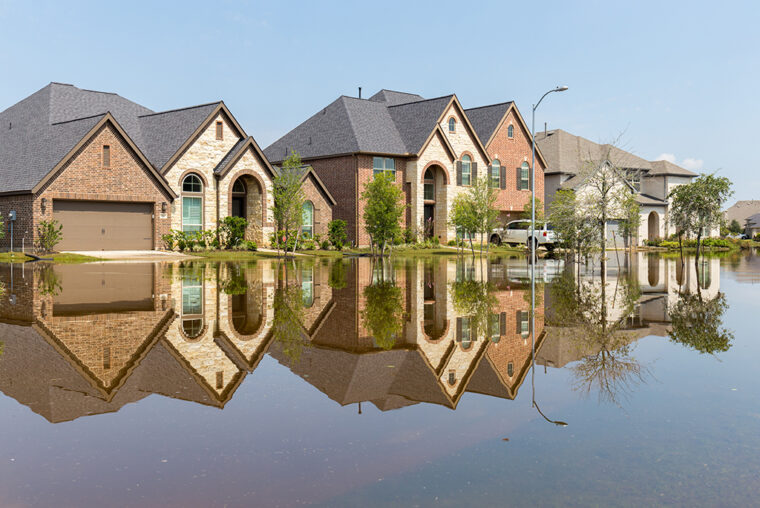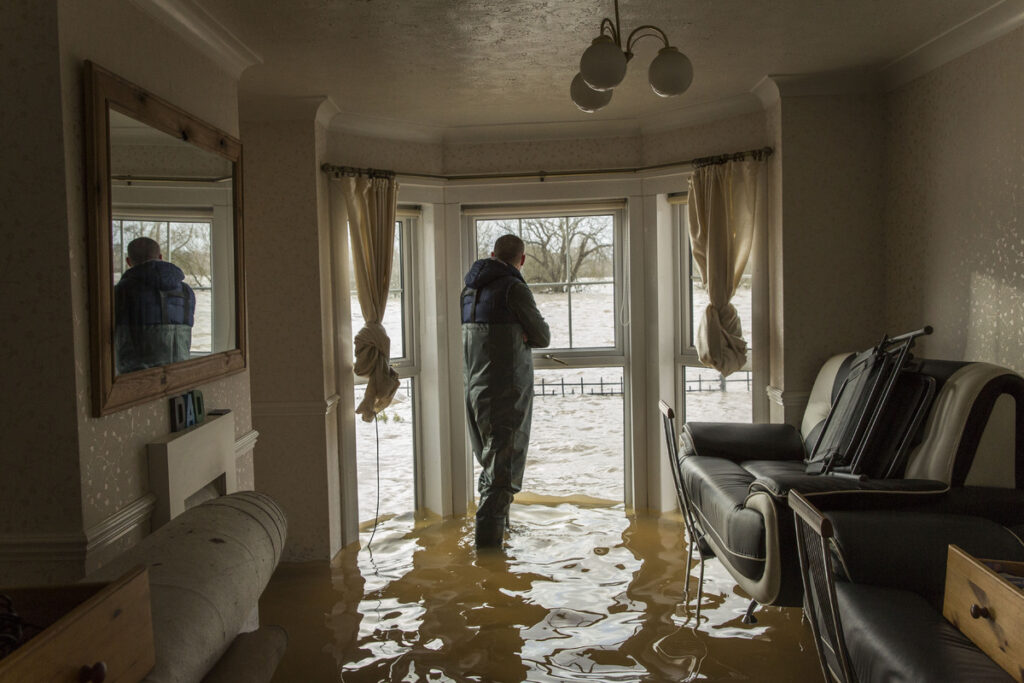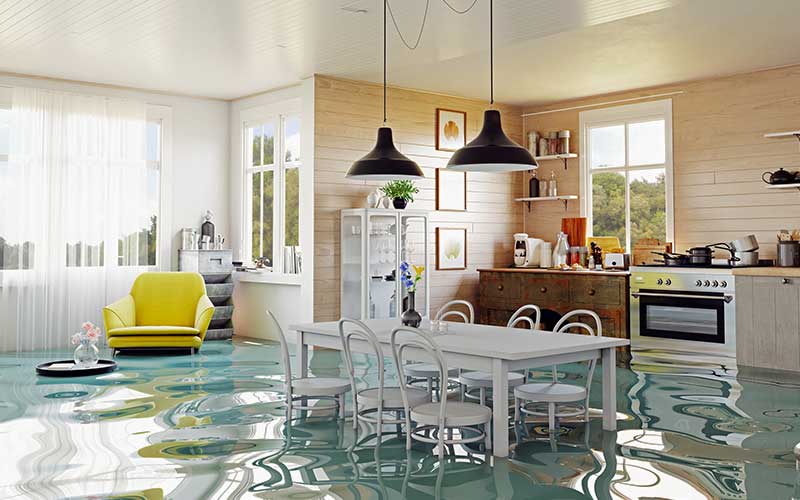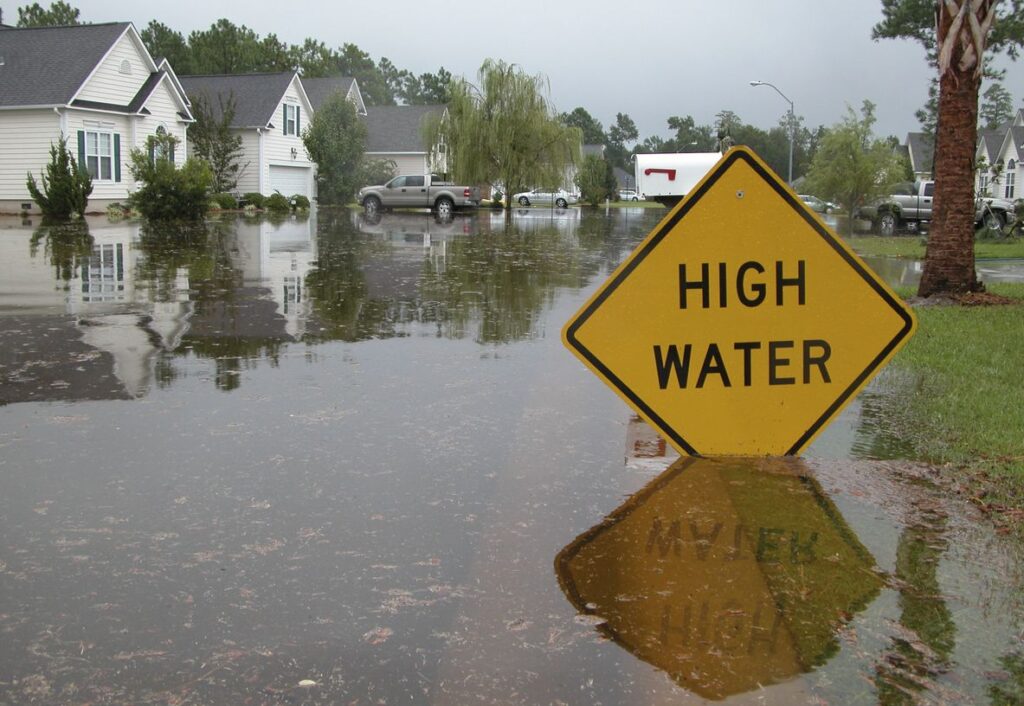One of the worst things that can happen to you in your life while it concerns your house is flooding. The causes can be various and are usually either malfunction of some system in the house or river overflow and similar natural disasters. This will cause great damage, which you must start repairing as soon as possible. As the climate changes, heavy rains and similar extreme weather conditions are becoming more common, so do problems like this. According to the data, over 30 percent of people had some problems with water in their houses last year. If this has ever happened to you or has just happened to you, you need to keep in mind these things you should do after your house floods.

1. Don’t forget about your own safety
In such situations, a person can completely forget about his safety and just hurry to save as many things as possible. And that must never happen, because this can be a potentially deadly situation. If it is a big flood, you have to leave the house completely. If the situation is not so bad and you can stay, you must first turn off the electricity. You know, of course, that electricity and water combined are deadly, so turn off the electricity as soon as possible. While doing this, you need to wear a rubber on yourself, because it will save you. This way you will be protected from both water and electricity, as well as chemicals or anything else that can be found in the water. Also immediately throw away any food that has been in the flooded house as it is very dangerous to eat. And after that, also do not use dishes that have been in contact with water until you have disinfected them. If you see any damage to the walls, foundation or electrical installations, gas lines, etc., leave the house immediately and call a professional. It’s not something you can deal with.
2. Check if you are in the disaster area
A disaster area is an area that is greatly affected by floods or any other natural disasters, as well as war and similar events. If you are in a disaster area, it probably means you will have to be evacuated until the immediate danger passes. But after that, you will be able to apply for financial help from the state, for house repairs and other material things that have been damaged. So check this, so that you do not inadvertently be left without significant financial resources, because repairs will be expensive.

3. Stop the water as soon as possible
This is of course applicable if the flood was caused by a bursting pipe or some other local problem. Of course, if it’s a natural disaster you can’t do anything about it. So if it is in your power, you have to work immediately to stop the cause, in order to control the damage. Every minute that passes will damage your entire house even more, including the basement. You will most likely need to call in professionals to help you. Whether it’s a burst pipe or any other cause, it’s probably not something you can fix on your own.
4. Drying
Now that the water no longer penetrates rooms, the next part of the job follows, and that is draining and drying. The pump will be most useful for draining, because if you do everything manually, it will take a very long time. Everything is completely wet and will not dry out on its own. It is best to use fans for drying, because this is the fastest way to dry everything. The dehumidifier is another useful device in this situation. It is a device that serves to reduce the percentage of moisture in the air and thus will dry faster. All of this together will help you minimize the damage and get it in such a condition that repairs can begin. Take a look at apexdisastermanagement.com to see what tasks professionals can help you with.

5. Take photos
It is also important that you take photos of everything so that you have evidence later. And do it all before any repairs begin. As soon as it is safe to return to the house, immediately take photos of the entire house and yard. This will make it much easier for you to get insurance money or government assistance later.
6. Contact your insurance
Contact the company that provides your insurance to check if the flood damage falls within the policy you pay for. Almost all home insurances also cover damage caused by various flood causers, although there can be problems when it comes to river overflows. This can sometimes be considered as a force majeure and also natural disasters are sometimes not part of the insurance policy. So call them and check with them. They will send their employee to assess the damage, but only after some time. That is why it is important that you take photos of everything, because by the time the appraiser arrives, there will be less damage than initially.

7. Minimize damage from mold
Mold is something that will probably appear within a day and will cause additional damage. So you need to start as soon as possible with tasks that will prevent or reduce the appearance of mold. It is important to take all wet things out of the house a and start the drying process. What you do with wet things is up to you. If they are valuable to you, then you can take them to a professional to clean and dry them. However, if it is furniture, it is probably damaged beyond reparable. In the end, you have to disinfect the whole house, in order to destroy all the mold. It can often be invisible and then cause various allergic and respiratory problems.
Conclusion
As much as this is a terrible event in your lives, know that you are not alone. There are numerous services that are there to help you. And it is possible to return the house to its previous appearance, although it may not seem so at first.
